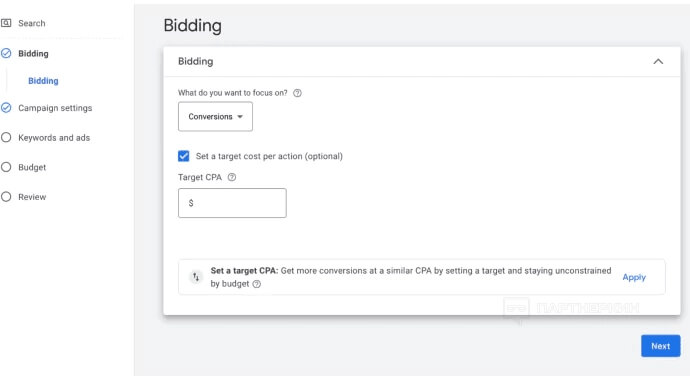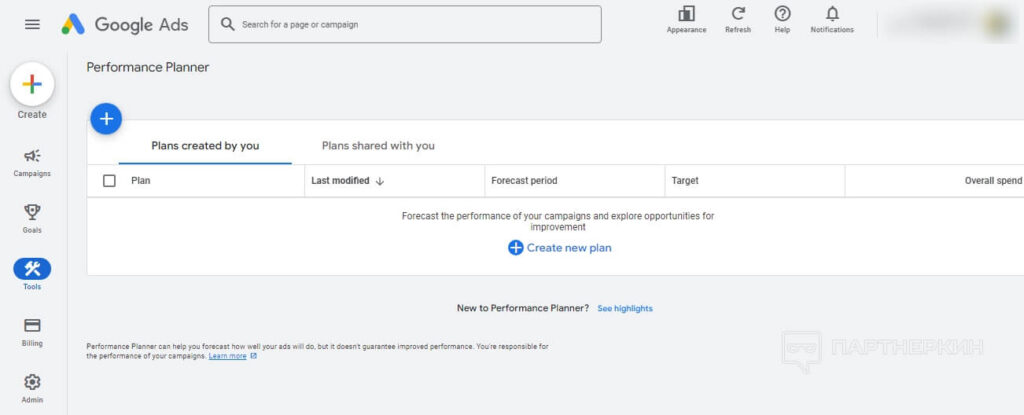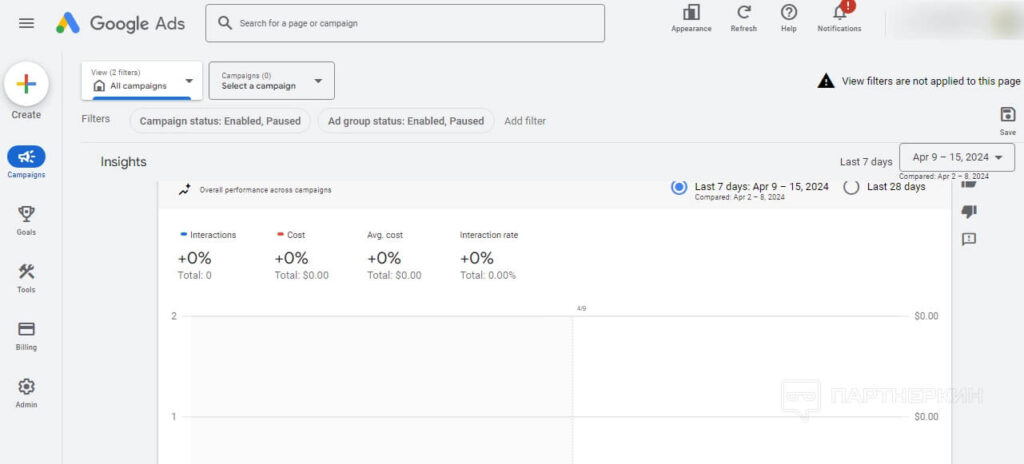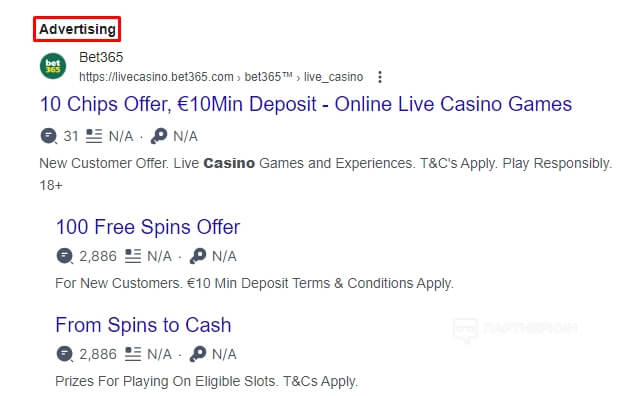Today’s digital marketing world is becoming increasingly competitive, and this trend has been going on for several years. To stay afloat, you need not only to manage your advertising campaigns competently, but also to learn how to look into the future. This is where predictive analytics comes in – a powerful tool that helps to predict changes in user behavior and customize Google Ads to maximize your return. In this article, we will understand how trend forecasting helps to increase advertising revenues on one of the most difficult platforms to drive traffic.
Predictive analytics in Google Ads: how does it work?
Imagine that predictive analytics is a kind of “fortune teller”, but much more accurate because it relies on powerful machine learning algorithms and artificial intelligence. It analyzes huge amounts of data, including past advertising campaigns, user behavior, seasonal spikes, and much more. All of this helps to make future forecasts and make more accurate predictions about how the market situation will change. Let’s take a look at a few of these predictions.
- Changes in CPC. Predictive analytics can predict in advance how the CPC will change – from time of day to seasonal trends or even changes in the competitive environment. This gives you the flexibility to manage your budget and place bids to get more clicks for less money.
- The level of demand for offers. Google Ads algorithms are able to predict what the demand for specific products or services will be using data on previous searches and external trends. For example, during holidays such as Christmas or Black Friday, advertising strategies can be adjusted in advance, knowing that demand will increase dramatically.
- User behavior. Predictive analytics also helps to predict how users will interact with ads. It will tell you which ads are best suited for certain groups of people, what time of day they are best shown, and which keywords can be more effective.
It’s similar to how an experienced strategist prepares his plan in advance based on the information he receives to maximize success.
What does predictive analytics do for Google Ads campaigns?
Predictive analytics is a powerful tool that greatly enhances the work of webmasters, media buyers, and arbitrageurs with Google Ads. Here are some key advantages of using it:
- Improve your return on investment (ROI). Thanks to forecasts, you can more accurately customize campaigns, which helps to increase the number of clicks, conversions, and sales. This, in turn, significantly increases the return on investment in advertising.
- Improve targeting. When you better understand audience behavior, your ads become more accurate and attract those who are truly interested. This helps you reach the most relevant audience and maximize your impact.
- An advantage over competitors. Anyone who uses predictive analytics is always one step ahead. It helps to react faster to market changes and adapt the strategy to new conditions, which gives a chance to overtake competitors.
- Saved time and resources. Automation of forecasting and optimization allows media buyers or PPC specialists not to spend a lot of time on routine, but to focus on more important tasks.
All this makes the use of predictive analytics not just useful, but practically necessary for those who want to achieve high results in advertising campaigns.
What tools are available in Google Ads for predictive analytics
Google Ads offers some cool features for predictive analytics that help make ads more effective.
- Smart Bidding. These are automatic strategies, such as Maximum Conversions or Target Price Per Conversion. They use machine learning to adjust bids in real time to the needs of advertising campaigns.

- Performance Planner. It helps you predict how your campaigns will perform in the future and get tips on how to better allocate your budget and change your bids to maximize efficiency.

- Insights Page. It contains data on user behavior, search trends, and other important details that affect the success of advertising campaigns.

And, of course, don’t forget about Google Analytics 4 and Google Search Console. They also provide important insights for demand forecasting, especially if you use the Insights tab in GSC.
Examples of using predictive analytics in Google Ads
To better understand how you can use predictive analytics in Google Ads, let’s take a look at a few practical examples.
White niches:
- Online clothing store. Thanks to predictive analytics, such a store can predict what models of clothing will be in demand in different seasons and how consumer preferences will change depending on trends. This allows you to purchase popular products in advance and correctly set up advertising campaigns to increase sales.
- Travel agency. Using analytics of search and booking of tours, the agency is able to predict the growth of interest in certain travel destinations. This allows the agency to adapt ads in advance to attract more customers during periods of high demand.
- B2B company. Predictive analytics helps to identify the most promising leads that are most likely to become customers. This makes it possible to focus on advertising campaigns aimed at target audience segments, increasing conversions.
Gray niches:
- Online gambling. Analytics can help you understand which games will soar in popularity at a particular time of the year or against the backdrop of major sporting events. This will help you optimize your advertising and promote the games with the greatest potential. You can also identify users who are inclined to play games, for example, those who have recently visited competitors’ websites or have shown interest in sports. Predictive analytics will also tell you what time of day players are most active, which will allow you to manage your Google Ads bids more efficiently.

- Nutra. Algorithms predict which products will be popular depending on the time of year and other factors. This helps webmasters to adjust their advertising campaigns in a timely manner and buy relevant offers. Also, the analysis of data on user behavior allows you to show them the most relevant offers. For example, people interested in fitness can be offered fat burners, and those looking for skincare products can be shown ads for creams and serums. Moreover, it is possible to determine exactly which advertising channels – be it search, YouTube, or Display Networks – bring the highest number of conversions.
- Cryptocurrencies. Predictive analytics helps to identify the audience that is interested in cryptocurrencies and ready to invest. It also suggests which creatives will work best to attract such users. This way, you will create more relevant and engaging advertising materials and get better conversions.
How to use predictive analytics effectively
Here are some useful tips that will help you to use predictive analytics correctly when working with Google Ads:
- Collect only high-quality data. The more accurate and complete your data is, the better your predictive analytics will work. Therefore, if you want to get accurate forecasts, pay attention to the quality of the collected information.
- Don’t be afraid to experiment with tools and models. There is no one perfect solution for all cases. Try different options and choose the ones that work best for your niche and goals.
- Regularly analyze results and make changes. Continuously monitor how your ad campaigns are performing and adjust your strategy based on data and forecasts. Analytics is a live process, so don’t forget to make changes as needed.
Conclusion
Predictive analytics is a really powerful way to make Google Ads campaigns more effective. By predicting trends, media buyers can allocate budgets wisely, adjust bids, improve targeting, select more accurate keywords, and create creatives that attract more attention, clicks, and sales. In today’s world, where digital marketing is constantly changing, the ability to work with predictive analytics is becoming a crucial component of a successful advertising strategy.




